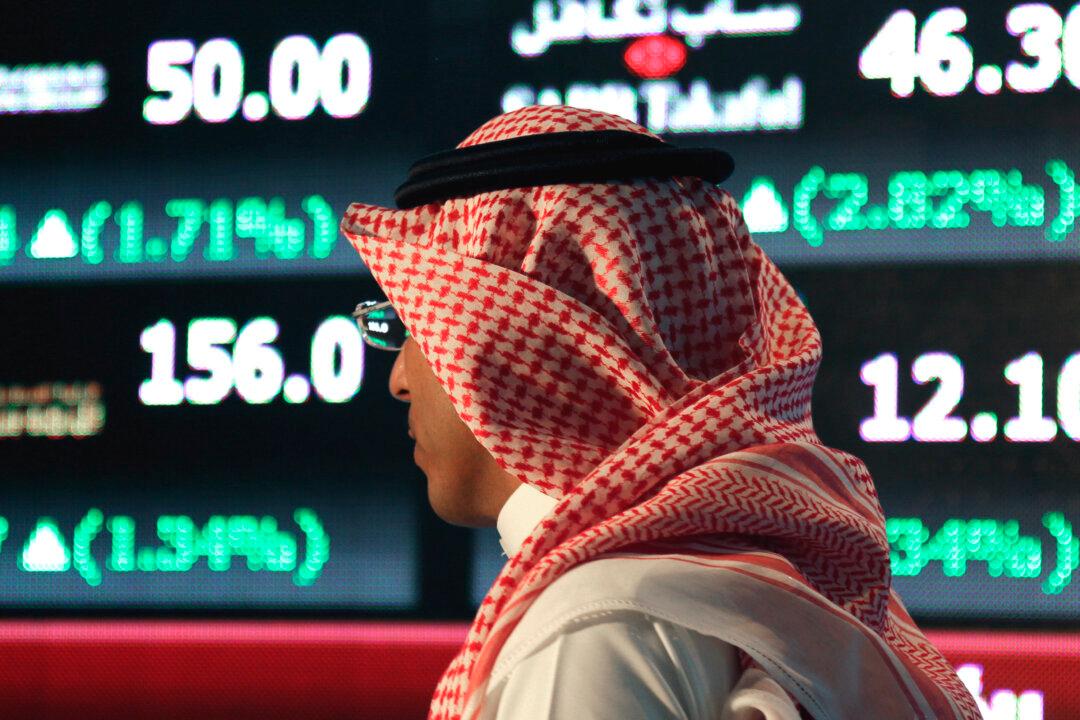NEW YORK—Saudi Arabia’s credit rating has been downgraded by Moody’s because of the long and deep slump in oil prices.
Moody’s Investors Service said Saturday that it also downgraded Gulf oil producers Bahrain and Oman. It left ratings unchanged for other Gulf states including Kuwait and Qatar.
Saudi Arabia is the world’s largest oil exporter. Moody’s cut the country’s long-term issuer rating one notch to A1 from Aa3 after a review that began in March.





